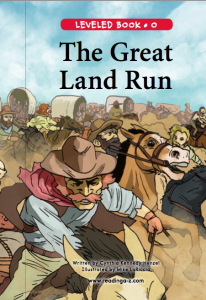I’ve been told by readers, and some vicious but well-loved critique partners, that one of my strengths is description. I’ve also been told about my weaknesses, but I’ll save that for another column.
Description: 1. a written representation or account of a person, object, or event 2. a sort, kind, or class of people or things.
Obviously, from definition one, a novel is one long description or series of descriptions. It is an account of characters and events. The second definition, a sort, kind, or class of people or things, is something to think about as a writer. This implies that people have preconceived notions of what something looks, smells, sounds, or feels like. Writers can tap into these notions when describing setting. We can use them as a bridge, an analogy, expand what people think they know, or shake preconceived notions completely.
Description as a bridge is short and concise. He ran straight through the city park. In this case, we need to move our character from place to place, say from school to Grandma’s house. We could say he ran straight to Grandma’s house, but providing a more specific setting takes no longer and gives the reader a better view. Since our purpose is only to move the character, and we all have a vision of a city park, we don’t need more.
Description as analogy helps us understand more about what is going on. She entered the city park like a wild dog free of a cage. This changes the setting. The reader now sees more than a stagnant image of city park. Perhaps they see a copse of trees, shaded paths. The park is more than we thought — it is a refuge.
Sometimes we need to expand what people think they know. If I say city park, you probably think trees, benches, swings, mommies and small children, maybe an older couple taking a walk. But what if he ran into the city park, passing the ‘watch for snakes’ sign. Hmmm. This is not your typical city park. We need to pay attention.
And, sometimes description can carry the story forward on its own, shaking the reader from preconceived notions and letting them journey with the characters. He ran through a gate, stopping short at the sight of shrieking children flying through the air on seats held by chains. Now, we are seeing the city park as something different. Something foreign.
In MYTH RIDER, I needed the reader to see the strange place where my character awakes: Around her, the walls of unfinished boards were so new that the sap still sat in pools around the knots like spots of honey. I could have just told my readers that she awoke in a bunkhouse. I used an analogy to help the reader see what my character was seeing. Then: It was undoubtedly a squirrel, although gray instead of brown and smaller than the squirrels of the Caucasus Mountains. I needed readers to know it wasn’t just a squirrel, it was something beyond their notion of squirrel.
Finally, I needed to let the reader see the setting as part of the story: The houses were flimsy new buildings, nothing that seemed built to last a hundred years and then a hundred more years like a true home. The few trees were short and twisted. Mostly she saw grass, an expanse of grass that did nothing to slow the endless wind. She felt alone, and vulnerable, as if a wall of her home had suddenly fallen out exposing her to the world. As she looked around, settling her gaze to the north, she realized what was missing. No sheltering mountains.
Description of setting can be used to facilitate movement, understand what is happening, make readers pay attention, or move the plot forward. My motto: use description of setting sparingly, use wisely.
GET MYTH RIDER FROM AMAZON HERE:

